The main component of kaolin ore is kaolinite group minerals, mixed with a large number of impurities, such as quartz, feldspar, and mica, as well as various iron minerals (limonite and siderite, etc.) and titanium oxides (rutile).
This low and medium-quality kaolin ore must be purified to remove impurities before being put into the next production.
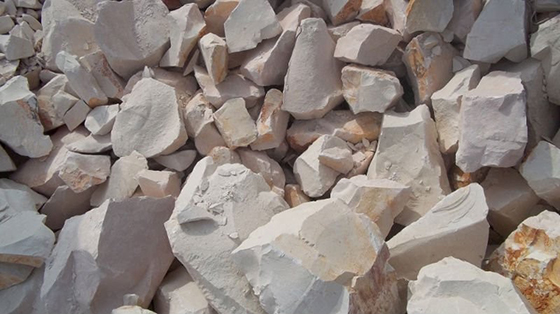
In industrial production applications, kaolin beneficiation can be divided into the dry beneficiation process and wet beneficiation process.
The dry process is often used for the separation of hard kaolin ore, and the wet process is often used for the separation of soft and sandy kaolin ore.
Use the table of contents below to navigate through the guide:
01Kaolin Ore Dry Beneficiation Process
The kaolin ore dry beneficiation process is widely used in hard kaolin with high purity and good whiteness. The main process includes kaolin ore crushing-ore drying-separation.
The kaolin ore excavated in the open pit is crushed by the rod-toothed crusher in advance and then sent to a drum dryer equipped with partitions. The dried kaolin is finely crushed using an impact crusher, then further grounded by Raymond Mill.
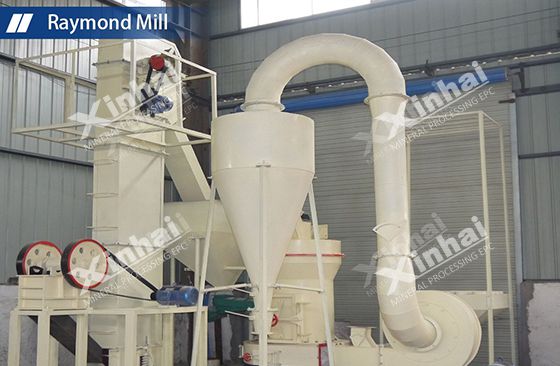
Significantly, the process can save the product dewatering process reducing the loss of ash, with short process flow and low cost. So, it is suitable for drought and water shortage areas.
But, the adjustment of the separation process for the mixture of kaolin and sand is complicated. When the dry beneficiation cannot meet the requirements, the wet beneficiation process is still required.
02Kaolin Ore Wet Beneficiation Process
The general wet beneficiation process is suitable for soft kaolin and sandy kaolin. The process is Mashing and Sand Removal-Mineral Processing Purification-Dewatering.
Mashing and Sand Removal
Mashing and sand removal refer to fully dispersing kaolin and removing impurities. In order to separate the kaolinite group minerals from the impurity, the clay particles must be divided into three levels of fine, medium, and coarse.
To make the dispersion effect better, sometimes it is necessary to add an appropriate dispersant. Only when the mineral particles in the slurry are fully dispersed, they can be effectively classified.
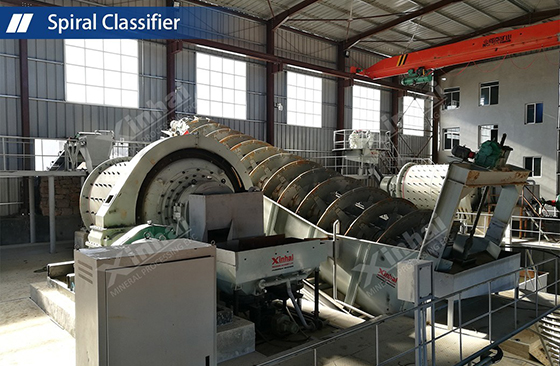
Sand removal mainly removes coarse-grained impurities such as quartz, feldspar, mica, and other detrital minerals and rock cuttings, and can also remove part of iron-titanium minerals.
Common equipment: Spiral Classifier, Hydrocyclone, and Vibrating Screen.
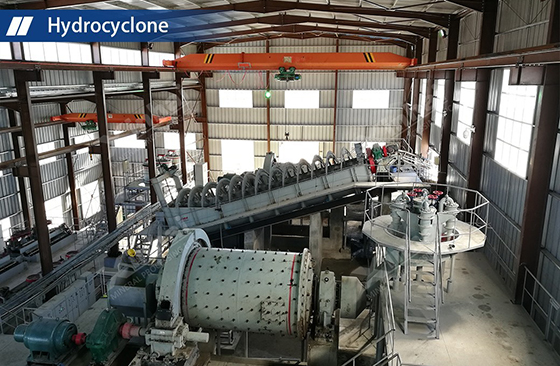
Mineral Processing Purification
Mineral processing purification refers to the use of magnetic separation, flotation, selective flocculation, and other processes to purify kaolin and remove impurity minerals in kaolin ore.
1. Magnetic separation
Most kaolin minerals contain a small amount of iron-containing minerals, such as iron oxides and sulfides, rust-bearing titanium dioxide, and mica, with a content of 0.5-3%.
As a natural argillaceous ore, kaolin contains small impurities and most of them have weak magnetic properties. So high-gradient magnetic separators are usually used for magnetic separation.
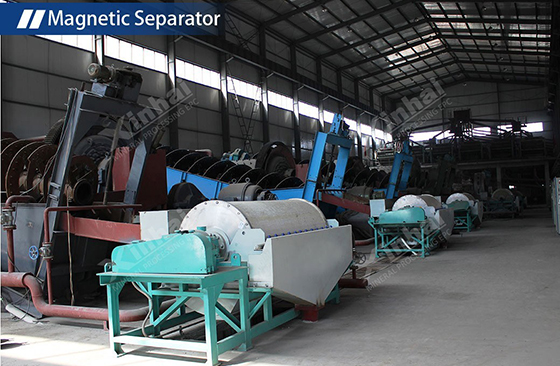
However, some iron impurities exist in the form of silicate, and titanium exists in the form of rutile, which has very weakly magnetic, so the magnetic separation method is difficult to work. Therefore, the magnetic process is usually accompanied by other operations such as flotation and selective flocculation, to improve the quality of the product.
2. Flotation
Carrier flotation is usually used due to the fine impurity particles. Calcite and silica sand are used as carriers, with 10-20% of the weight of kaolin, and part of the carrier can be recycled and reused.
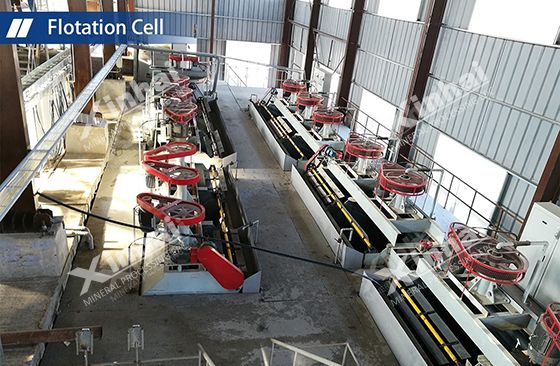
The commonly used agents for this process include dispersant sodium silicate, pH adjuster ammonium hydroxide, caustic soda collector tall oil, fatty acid, and petroleum calcium carbonate. It should be noted that the hydrophobization of the carrier requires a large number of agents, which would damage the quality of the product.
3. Selective flocculation
In the selective flocculation process of kaolin, flocculants are added to make the kaolin particles flocculate and sink to the bottom. The iron-titanium impurities are reddish-brown in the upper suspension due to the fine particles, and most of the iron-titanium impurities can be removed by removing the upper suspension.
Afterward, it can be processed with other processes (such as magnetic separation) to obtain high-quality kaolin. But residual flocculant in this process also affects the quality of the final product.
Dewatering
Dewatering is one of the important operations of the wet beneficiation process, consisting of three operations: concentration, filtration, and drying.
Concentration, as the first dewatering process of wet kaolin processing products, can increase the concentrate concentration by about 12~30%.
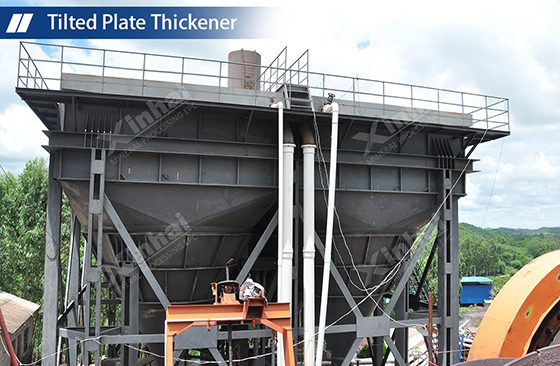
Common concentration equipment: Sedimentation Tank, Rake Thickener, and Tilted Plate Thickener.
In the filtration process, the Plate Press Filter is a commonly used machine.
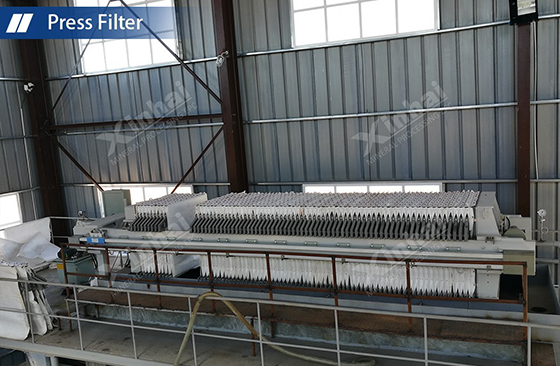
In the drying process, spray drying is a highly efficient drying method. The process is relatively simple with a high automation level and drying efficiency.
The above are the key solutions to recover kaolin. Of course, the specific kaolin ore beneficiation should be determined comprehensively by the nature of the kaolin ore, the actual situation of the concentrator, and economic benefits.


 marketing@ytxinhai.com
marketing@ytxinhai.com  0086 13810327080
0086 13810327080 






































































































 CHAT
CHAT MESSAGE
MESSAGE










